Do you remember what it felt like to go on the swings as a child? This humble playground staple is capable of brining joy back into the lives of all ages, reviving the favourite feeling of childhood when one felt they could fly into the sky.

Do you remember what it felt like to go on the swings as a child? This humble playground staple is capable of brining joy back into the lives of all ages, reviving the favourite feeling of childhood when one felt they could fly into the sky.

In the second part of our exploration of accordion-shaped collapsible designs we go beyond small homeware. Have you imagined that furniture, a home for your pet or even an emergency building can be folded down in an origami-like manner too?

Accordion fold is a powerful tool that can be used to develop intricate and elegant expandable designs. These homeware items are as functional as they eye-catching, but what make them truly stand out is their flexibility and versatility.
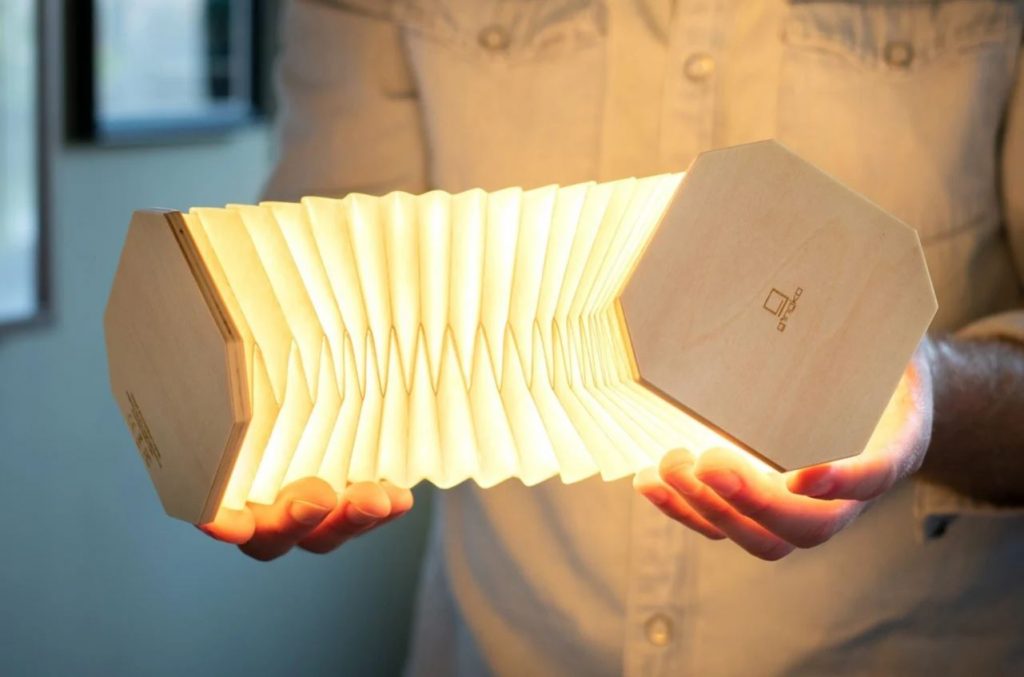
Emergency architecture and shelter design are probably not so fancy as other creative fields, but it does require good old design-thinking and problem-solving. The many crises of the past has taught us the mindset of preparedness. We have selected several projects you won’t mind to have in store to be ready in case of a calamity.

Have you ever heard of the Bring Your Own Cutlery movement? It encourages people to carry their own travel-cutlery with them in order to address the drastic problem of plastic pollution caused by the use of disposable cutlery, and hundreds of thousands of people are already part of it. What can prevent others from joining this initiative is the simple fact that the flatware we used at home is not designed for travel and the existing travel cutlery solutions often compromise convenience to be portable. We have selected some brilliant designs that are as attractive and functional as they are easy to carry on a camping trip or during your outdoor lunch break.

In traditional cutlery designs the functionality and the form are so tied in together that they can be considered timeless. But what if you need a little more suspense during your meals? We have collected innovative minimalist designs that exploit various materials, forms, and add new functionalities to reform your dining experience.

The skyline of most cities today are dominated by verticality. Sadly, most generic towers of steel and glass do not engage their environment and create isolation rather than connection. We have selected skyscrapers with bespoke dramatic silhouettes that treat the surrounding context with respect while creating iconic interventions to the cityscape.
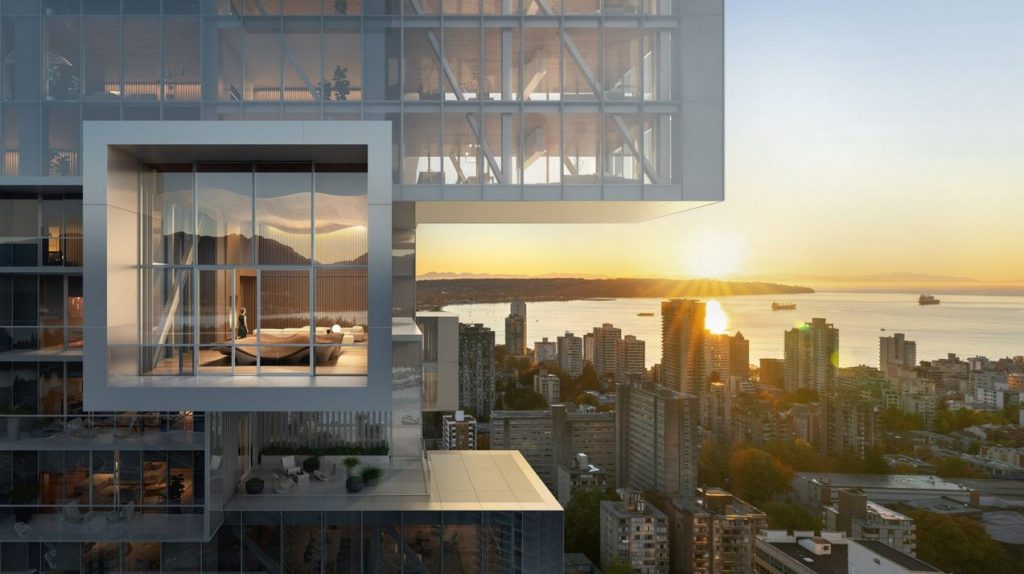
Playground is about a lot more than swings, roundabouts and slides. When designing for kids, architects have a responsibility ensure that the built environment offers children as their end-users the chance to play, explore, and learn in a physical space, even in a digital age. Designed especially for children, these cool places help children learn through play and allow their imagination run wild.
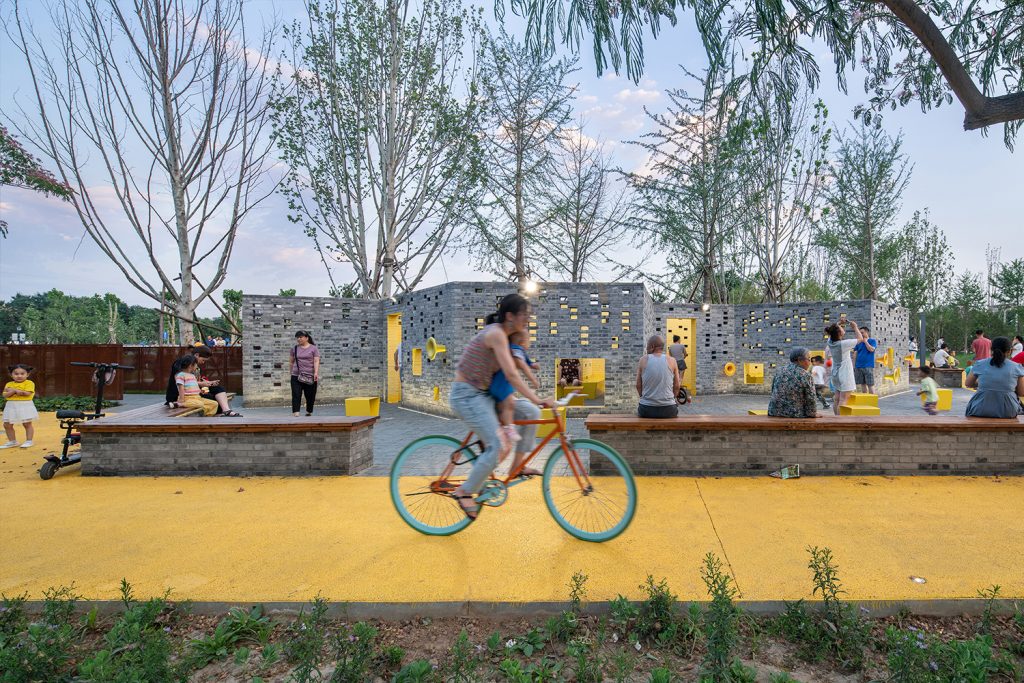
Classic sculpture is a source of constant inspiration for contemporary artists. Exploring the timeless value of art and aesthetic practice, they reimagine well-known masterpieces to create a dialectic relationship between present and past, innovation and tradition, and illustrate our cultural heritage through contemporary languages.
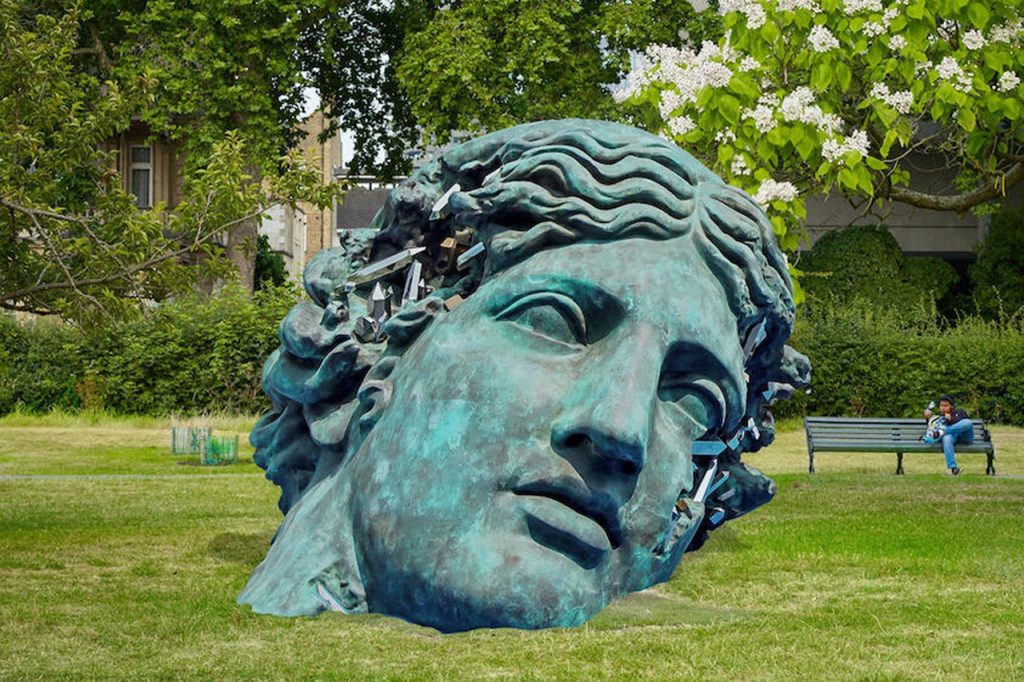
As cities around the world in population, living spaces are shrinking. Modular furniture is a great solution for tiny apartments that can save space for actual living. We have selected several modular systems, which offer the opportunity to experiment with furniture functions.
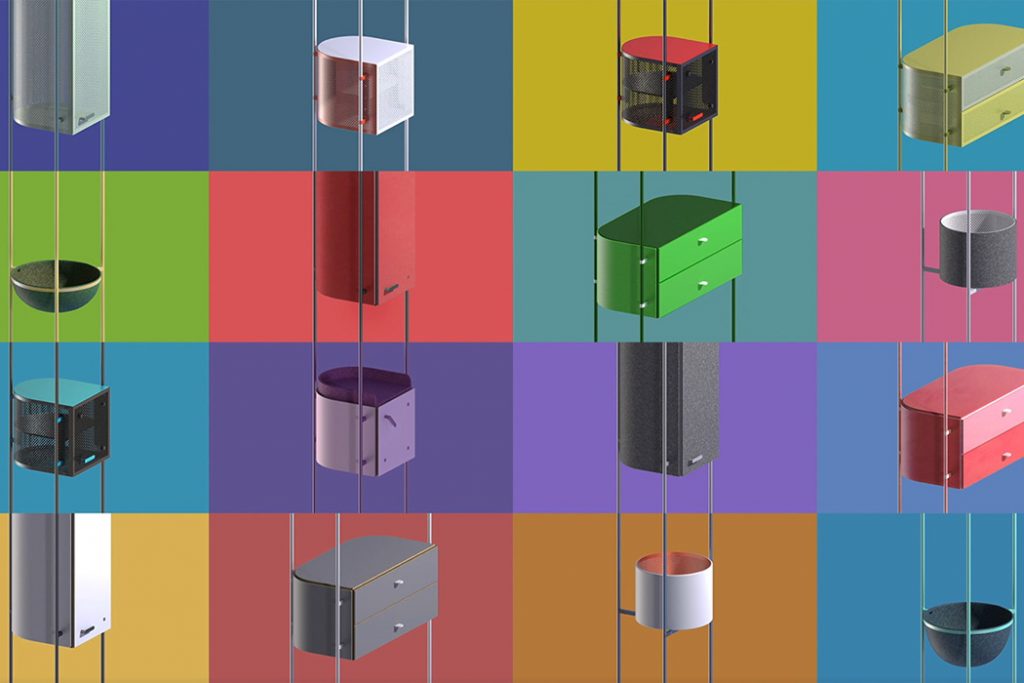
Type on the field below and hit Enter/Return to search